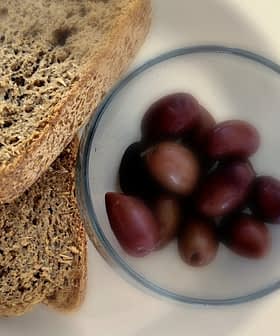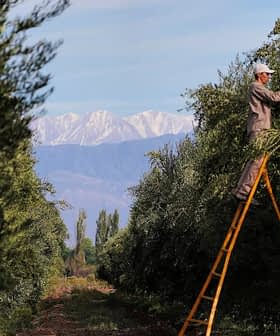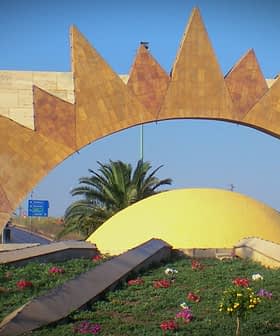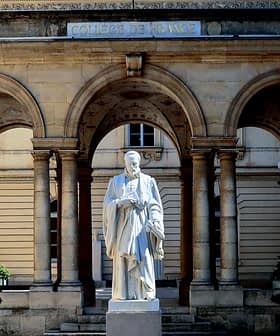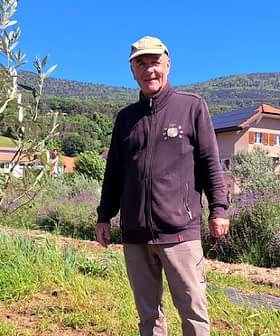Bonsai Masters: The Art of Olive Bonsai
In South Africa, members of a local bonsai society are taking the ancient Japanese art form and applying it to some of the country's native miniature olive trees.
 Durban Bonsai Society
Durban Bonsai SocietyInternational bonsai masters estimated that Farouk Patel’s oldest olive bonsai is between 300 and 400 years old, which he shared as the chairman of the Durban Bonsai Society, explaining how the tree’s age was determined and its unique characteristics as an indigenous wild olive tree known as olienhout. Patel’s olive bonsai is an excellent choice for bonsai due to its character and hardiness, with other bonsai masters agreeing that olive trees are exceptional material for creating bonsai due to their leaves reducing drastically and the wood being hard and taking carving well.
International bonsai masters recently estimated that South Africa-based Farouk Patel’s oldest olive bonsai is between 300 and 400 years old.
Patel, chairman of the Durban Bonsai Society, shared the story of this bonsai — a Japanese art form in which one grows very small trees that mimic the original trees’ shape and scale. Together with other bonsai masters, Patel told Olive Oil Times more about the nature of olive bonsai.
It has flowered and I have had fruit. But the fruit is very small – almost like a pea.
Explaining how the age of his oldest olive bonsai was determined, Patel said: “Looking at the diameter and growth gives you some indication.”
“We have had many discussions on the ages of trees in many forums, but the exact age can only be determined by counting the rings on a trunk that is cut, as this exposes every year’s growth,” he added.
See Also:Olive and Olive Oil CultureHowever, cutting this olive bonsai’s trunk to determine its exact age is not an option.
“I hope it will survive for a few thousand years with the correct care,” Patel said. “As they [olive bonsai] are very hardy.”
Patel’s olive bonsai is an indigenous wild olive tree known as olienhout.
“It has flowered and I have had fruit,” Patel said. “But the fruit is very small – almost like a pea.” He said that even though these olives are edible, “they don’t have too much flesh.”
Olive trees are an “excellent” choice for creating bonsai, according to Patel.
“I would put it with the top bonsai species, like the pines and junipers that the Japanese revere so much,” he said. “Olives have character, and the leaves reduce very well. The older trees can have amazing deadwood and shari.”
A shari is a section of trunk with no bark.
Patel added that olive trees are hardy and do not require constant attention.
“Even a little bit of neglect shouldn’t be too much of a problem,” he said.
Patel has been creating bonsai for 35 years and owns around 1,500 of these miniatures. He believes olive trees are also a good choice because they can be wired and designed into many styles.
“You could use good nursery stock,” he said. “Or collect in the wild – with the proper permission of course.”
Patel added that because olive trees are slow-growing, trees collected from nature have a unique character and age. Patel collected his old olive bonsai from nature a few years ago.
“This was a collected tree some 12 years ago, so it’s been in training as a bonsai for the last 12 years,” he said. “It was growing in the wild for all the years of its life prior to this.”
It is a misconception that bonsai are all minute. Some bonsai can be up to 80 inches tall and they can be created from full-grown trees that are pruned and then shaped to resemble ancient trees.
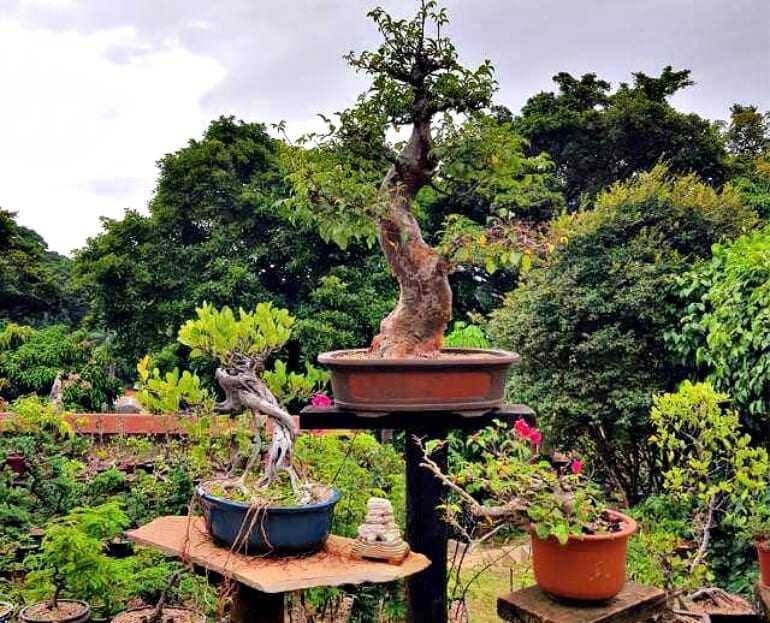
Farouk Patel’s garden
Asked at which point someone gets known as a bonsai master, Patel explained: “A bonsai master is someone whose knowledge and expertise is admired by his peers; and who has the ability to inspire others to create bonsai with age-old techniques, and is also able to bring in new vigor to the art.”
Regarding the suitability of olive trees for bonsai, Neil Holley, a bonsai master at the Durban Bonsai Society agreed with Patel that olive trees are a good choice for bonsai
“Olives are highly sought-after for bonsai,” he said. “Their leaves reduce drastically, and the wood is hard and takes carving well.”
Fellow-member of the Durban Bonsai Society, bonsai master Shaun Murphy said olive trees are “exceptional material” for creating bonsai. He mirrored Holley’s views on what makes olive trees a good choice.
“[It’s] because of the hardwood that can be carved to create the natural appearance it would have in the wild,” he said. “And the leaves reduce down to the size of a pea.”
Murphy said the best place to get olive bonsai was to collect from the wild or to purchase from someone who has collected trees from the wild.
“Join a club so you can be tutored in the correct way in designing a tree to get the best results,” he concluded.


